√100以上 japanese knotweed sprouts 880748-Japanese knotweed seedling
It is best if knotweed not be mown or cut with weed trimmers as the pieces of the plant can easily get moved around and resprout, spreading, rather than controlling the plant Chemical control Chemical controls for Japanese knotweed include application of glyphosate and triclopyr herbicides to freshly cut stems or to foliageAs it sprouts out looking for sustenance, Japanese knotweed can break open cracks in foundations, brick walls, and damage sewage and drainage works And even when it appears to be killed off, it often lies inert under the soil and, when split open again, it grows back like beforeJapanese knotweed rhizomes can sprout from various soil depths;
Japanese Knotweed Farm Forage
Japanese knotweed seedling
Japanese knotweed seedling- In February, Japanese Knotweed looks like dead reddishbrown bamboo stalks poking through the snow But when spring arrives, this monstrous invader will be back And a growing Kalamazoo coalition of invasivespecies fighters will be waiting for it Sometimes known as "Mexican bamboo" or "Michigan bamboo," Japanese Knotweed bursts up over the Knotweed Sprout by Ashley Adamant Leave a Comment This post may contain affiliate links Read full disclosure here




Japanese Knotweed Sprouting Early
Japanese, giant and Himalayan knotweed are members of the buckwheat family (Polygonaceae) from Asia with hollow (not true for the Himalayan species), upright, bamboo like stems growing to 1 to 5 meters (3 to 16 feet) (photographs 1 and 2) Japanese knotweed can sprout from tiny sections of root It's extremely vigorous and can quickly spread around your garden and into other gardens Its roots are known to exploit cracks in brickwork and pipework, and it can even damage roads If you spot Japanese knotweed growing near your house you should eradicate it immediately, as it couldIn a saucepan combine the water, cider vinegar, kosher salt, and sugar Whisk together over medium heat to dissolve Then let the brine simmer for 2 to 3 minutes Remove from the heat and let it cool As the brine cools, take 3 sterilized half pint canning jars and place 3 dried chiles in each
Japanese knotweed is a nonnative invasive plant that was introduced from Asia as an ornamental plant Knotweed spreads vegetatively by rhizomes and also sprouts from fragments of root and stem material, which are dispersed by water, equipment or in fill It forms fertile hybrids with giant knotweed (Polygonum sachalininese) Some populations, particularly hybrids, produce fertile seed Japanese knotweed is a herbaceous perennial plant, meaning it dies back into the ground for winter before sprouting anew in the spring It can grow between 3 to 8 feet tall on average with a bushy appearance Its leaves are a medium green color, and it sports small whitegreen flowers in the late summer Japanese knotweed is an invasive ornamental plant that can be tough to remove It grows to heights of 7 feet (21 m), and the roots can be twice that deep Japanese knotweed spreads relentlessly and grows back year after year, meaning you should use a multifaceted approach to eradicate it from your lawn or garden
The Japanese Knotweed can't hurt you, but it can damage your property — gardens, sidewalks, even dig through the foundation of your house "So right here are the sprouts of Japanese Knotweed AsRobert Henderson in "The Neighborhood Forager" declares Japanese knotweed as friendly to foragers because the fat new shoots that emerge in spring are an excellent vegetable The new shoots resemble new asparagus shoots in appearance but not in taste Henderson and other foragers describe its taste as tangy and rhubarblike Botanically take your pick Japanese Knotweed is known as Fallopia japonica, Polygonum cuspidatum, and Reynoutria japonica In Europe they prefer Fallopia japonica (named for Gabriello Fallopia, 16th century Italian anatomist who "discovered" fallopian tubes
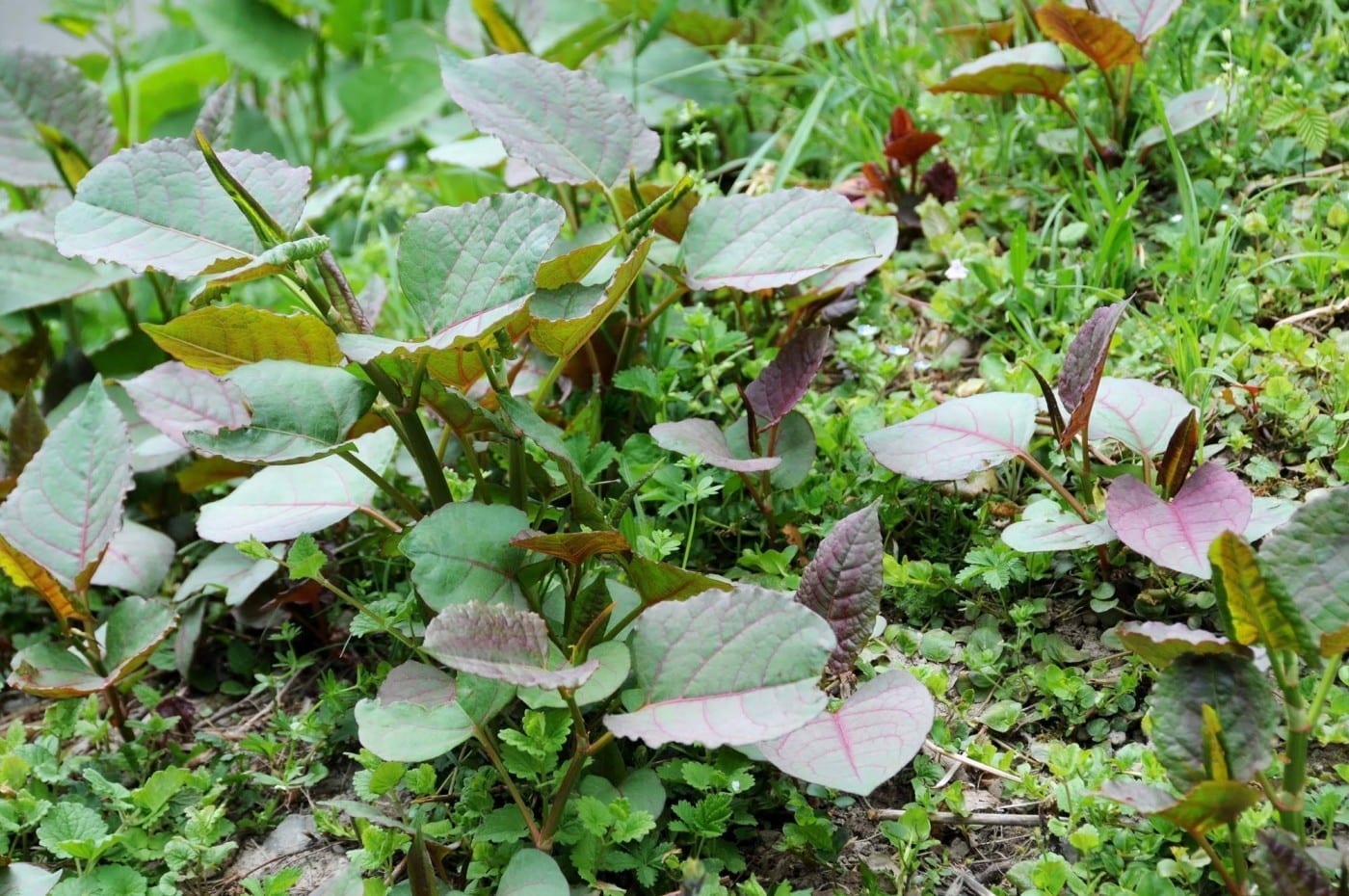



How To Identify Japanese Knotweed Complete 21 Guide




66 Square Feet The Food Knotweed And Lamb Curry
According to the Property Care Association (PCA), Japanese knotweed is sprouting well ahead of normal across the UK, with milder winter temperatures and excess rainfall being the most likely culprits What does this mean for knotweed growth in 16? Japanese Knotweed (Reynoutria japonica) The plant is a herbaceous perennial with hollow bamboolike stems that can grow to a maximum height of 13 ft However, you will still be able to spot smaller plants in each growing season sprouting after a cutdown or through pavements and cracksTo stop the spread of Japanese knotweed, care must be taken to prevent new plants from becoming established New growth can sprout easily from very small fragments left behind, so when working to control or remove the plant make sure that all plant material is removed and then burned or dried Various control methods have been documented



Edible Japanese Knotweed Fallopia Japonica



Photo 10 Plant Japanese Knotweed Fallopia Japonica
Japanese Knotweed (Polygonum cuspidatum) Authors Brendon Panke and Mark Renz1 Herbaceous perennial, up to 10' tall Hollow, reddish, arching bamboolike stems are smooth and stout often persisting after plant dies back each year The base of the stem above each joint is swollen and surrounded by a membranous sheath (ocrea)1inch (2cm) depth is optimal, but rhizomes may sprout from as deep as 3 feet (1 m) (review by ) In New Jersey field experiments, larger Japanese knotweed rhizomes and those planted at shallower depths produced more shoots than smaller rhizomes or those planted at greater depthsAll plant material should be removed and properly disposed of as new plants can sprout from very small fragments Check with your county noxious weed control board about how to best dispose of plant parts Plants can be dried and burned but make sure to check with local burning restrictions and if any permits are needed




Forage For Edible Weeds At The Union Square Greenmarket




Invasion Of Japanese Knotwood Is No Movie But It Can Be Scary News 4 Buffalo
Japanese knotweed can spread very quickly and forms dense colonies that outcompete native vegetation by blocking sunlight, releasing chemicals (allelopathic) from its rhizome that suppress plant growth and germination, and robbing nutrients and water from the soilAlso a fast growing plant, Russian Vine sprouts leaves and flowers which can appear very similar to Japanese Knotweed How you can tell the difference between Russian Vine and Japanese Knotweed Unlike Japanese Knotweed, Russian Vine is a climbing plant and relies on the erect stems of other plants or solid structures to twist around and grow up Come the spring, when the garden starts to wake up, so does Japanese knotweed, (Fallopia japonica) Look out for fleshy reddishpurple




Photo Of The Seedling Or Young Plant Of Japanese Knotweed Reynoutria Japonica Posted By Greenthumb99 Garden Org




How Do Japanese Knotweed Roots Look Like Quora
Japanese Knotweed is exceedingly difficult to eradicate by traditional means (it will sprout through asphalt) Chemical treatment is the only viable control As with Poison Ivy, Glyphosate (Round Up) is the product of choice for Japanese Knotweed, and the timing is the critical factor in successful controlJapanese knotweed Appearance In spring, reddishpurple fleshy shoots emerge from crimsonpink buds at ground level These grow rapidly, The problem Although it rarely sets seed in this country, Japanese knotweed can sprout from very smallJapanese Knotweed Background, Life History Japanese knotweed (Fallopia japonica) is an herbaceous perennial from Asia It was first introduced from Japan to the United Kingdom as sprouts This will also cause more rapid revegetation If




Japanese Knotweed Shoot New Hampshire Garden Solutions
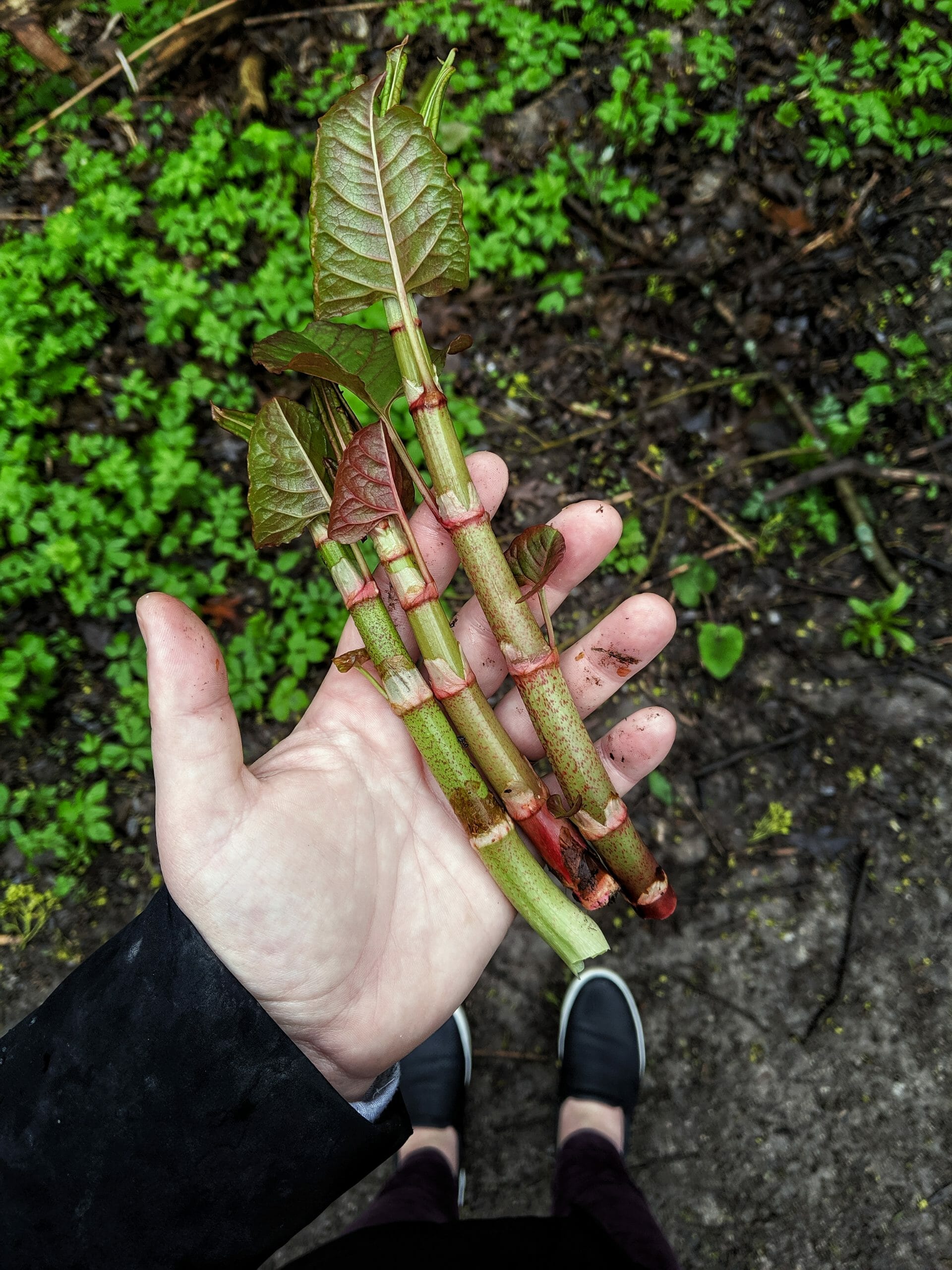



You Should Be Eating Japanese Knot Weed Ontario Culinary
Japanese Knotweed can be recognised by its pale red buds that sprout in spring Japanese Knotweed grows fastest during the spring In spring, Japanese Knotweed's springs new shoots that emerge as red/purple asparaguslike spearsDock grows as a multileaved plant from individual tap roots and will commonly reach a metre in height with its central flower spikes Japanese knotweed will normally reach at least two metres in height, with many leaves growing from each main stem and side shoots Ingredients 3 lbs about 10 cups chopped young, japanese knotweed shoots, washed, leaves removed, peeled if taller than 1 ft 15 cups sugar or an equal volume of another sweetener, like maple syrup (remember liquid sweeteners will contain more 1/2 cup water




Differential Allelopathic Effects Of Japanese Knotweed On Willow And Cottonwood Cuttings Used In Riverbank Restoration Techniques Sciencedirect



Japanese Knotweed
Japanese Knotweed Habitat Riverbanks to roadsides, often in dense clumps where little other vegetation can survive Description Fastgrowing and aggressive perennial that can reach 6 or 7 feet in height Mostly spreading through rhizomes, or roots, shoots can sprout through heavy mulch and even asphaltNew Topic Reply More On Lyme Disease Painsomnia Getting A Good Night SleepKnotweed spreads by seed, but its primarily means is vegetative – through its rhizomes (root system) It spreads through its rhizomes in two ways by sending out lateral shoots to create everlarger stands, and by resprouting from rhizome fragments, creating new populations




Japanese Knotweed Seeds Shefalitayal



1
Japanese knotweed is the absolute worst At least, that's what any gardener will tell you Western chefs, on the other hand Well, they're discovering that itIt is known that the Japanese root system can even survive burning, and this is why everything that's left afterwards must be properly disposed of offsite OffSite Japanese Knotweed Disposal For those who want to dispose of Japanese knotweed in somewhere other than their own property, there are strict requirements to keep in mind The final part of the Japanese knotweed soup is the toppings I found spicy radish sprouts at the store that added a wonderful, spicy crunch to the broth, but any (or no) sprouts would also be fine Sriracha, cilantro and green onions are also great additions to the soup




Polygonum Sachalinense P Cuspidatum P Bohemicum
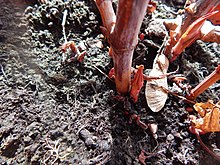



Reynoutria Japonica Wikipedia
We don't have nettles in our yard, but do have some little Japanese knotweed sprouts shooting up I pull them I suppose I should put them in dinner!Purple shoots In early spring, Japanese Knotweed shoots take the form of reddishpurple shoots sprouting from the ground Left untreated, these will rapidly grow into the distinctive Knotweed canes, but at this early point they are easily confused with the vegetable rhubarbUseful to varying degrees in controlling knotweed Removing or killing plants will provide increased light at the site which may lead to a surge of sprouts in the following year Prepare to monitor and control these outbreaks for multiple years As with all invasive species, Japanese knotweed is most effectively controlled by recognizing their
:max_bytes(150000):strip_icc()/Japanese-knotweed-shoots-w-leaves-in-grass-big-57ace2a55f9b58b5c200fbf0.jpg)



Japanese Knotweed Removal Tips Beating Fleeceflower




And With The Warm Weather Sprouts Japanese Knotweed Flickr
Identification of Japanese knotweed in spring can be difficult to the untrained eye but it is easy and straightforward for a seasoned, trained professional Many plants early in their development at this time of year can often be confused with plants that look similar to Japanese knotweedThe young, sporebearing fertile shoots of horsetail (Equisetum arvense), forJapanese knotweed is typically found in wet soils in lowlands, wetlands, and along streams It tolerates a wide range of growing conditions, including full sun, high salinity, and dry soil Now scattered throughout Missouri, Japanese knotweed grows along rivers, streams, roadsides, utility rightsofway, and crop fieldsJapanese Knotweed is known by many names, including Polygonum cuspidatum, Fallopia japonica, and Reynoutria japonica This plant is a fastgrowing weed with the potential to spread as much as four inches every day This invasive weed proliferates alongside riverbanks and is particularly harmful to native species




Japanese Knotweed Identification In Spring




Bohemian Knotweed Minnesota Department Of Agriculture
Japanese knotweed in the Owasco Flats in 17 The plant is an invasive species Japanese knotweed, also called Japanese bamboo, is a member ofReynoutria japonica, synonyms Fallopia japonica and Polygonum cuspidatum, is a species of herbaceous perennial plant in the knotweed and buckwheat family Polygonaceae It is commonly known as Asian knotweed or Japanese knotweedIt is native to East Asia in Japan, China and KoreaIn North America and Europe, the species has successfully established itself in numerous Japanese knotweed is not an ugly weed Its leaves are vibrant green ovals that sprout white flowers in the fall Its ornate aesthetic makes




A Bunch Of Fresh Japanese Knotweed Sprouts Mediamatic
:max_bytes(150000):strip_icc()/eradication-of-japanese-knotweed-plants-2131201_FINAL-5bd9ca3e46e0fb0051acd36b.png)



How To Remove Japanese Knotweed
Figure 1 The root of the problem the rhizomatous crown of Japanese knotweed The primary rhizome is shown extending out of the bottom of the crown and is almost 2 inches in diameter Several new rhizomes that will extend horizontally and form new crowns are visible Swollen buds that will become this year's stems are emerging from the mat of fine roots at the base of lastLeda's Urban Homestead Japanese KnotweedLocavore Leda Meredith, author of The Forager's Feast and of Northeast Foraging, shows you how to safely identify, hThe roots are strong enough to crack pavement and durable to survive up to – 31 F Japanese Knotweed can survive in huge range of soil types and pH levels, making it incredibly resilient Furthermore, the plant is resistant to cutting and will rapidly sprout anew if




Mainers Battle Against The Worst Invasive Japanese Knotweed Wgme




Identifying Japanese Knotweed Japanese Knotweed Expert
These are segmented into nodes, a bit like Japanese knotweed, so they could potentially be mistaken for young knotweed shoots Differences Once the strobili have died back they are rapidly replaced by sprouting green shoots and leaves that quickly develop into the brushlike growth that gives horsetail its name




Japanese Knotweed Seeds Shefalitayal




Japanese Knotweed The Invasive Plant That Just Won T Die
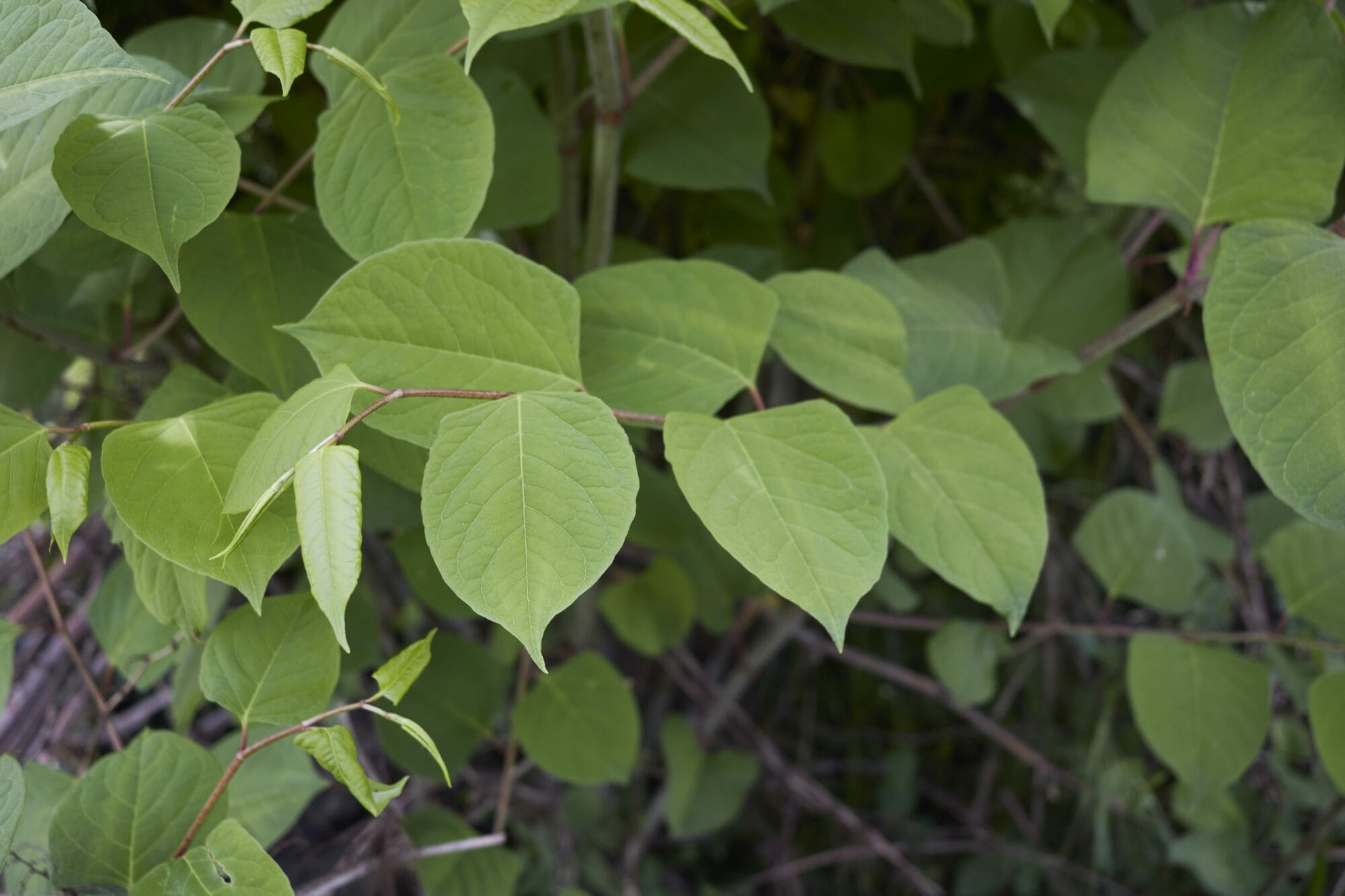



Plants Mistaken For Japanese Knotweed Pictures Pba Solutions




Japanese Knotweed Is Often Vilified But Among Its Uses You Can Eat It Portland Press Herald




Japanese Knotweed Pictures Environet Japanese Knotweed Removal



Www Nrcs Usda Gov Internet Fse Documents Nrcs142p2 Pdf
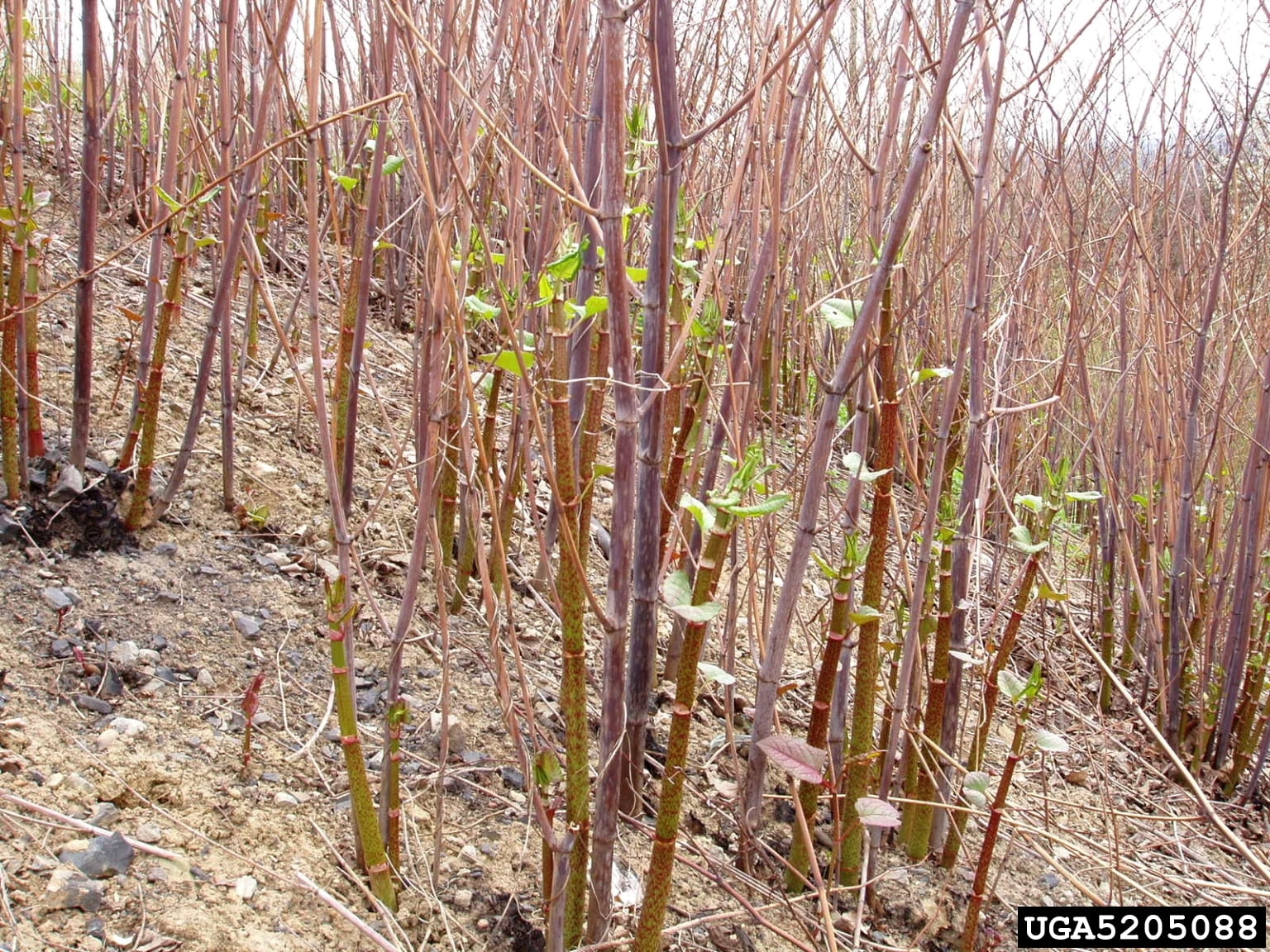



Japanese Knotweed Cornell Weed Identification



How Tough Is Japanese Knotweed Antiques Discoveryantiques Discovery




How To Identify Japanese Knotweed Complete 21 Guide




Japanese Knotweed Rethinking Invasive Species Mediamatic




Pinterest Log In Download Springtime Knotweed Tpknotweed Collection By Tp Knotweed Solutions Browse Our Galleries Below To See How Invasive Japanese Knotweed Is And How It Can Cause Expensive Structural Damage If Not Eradicated These Images




Japanese Knotweed




Ugly Invading Plant
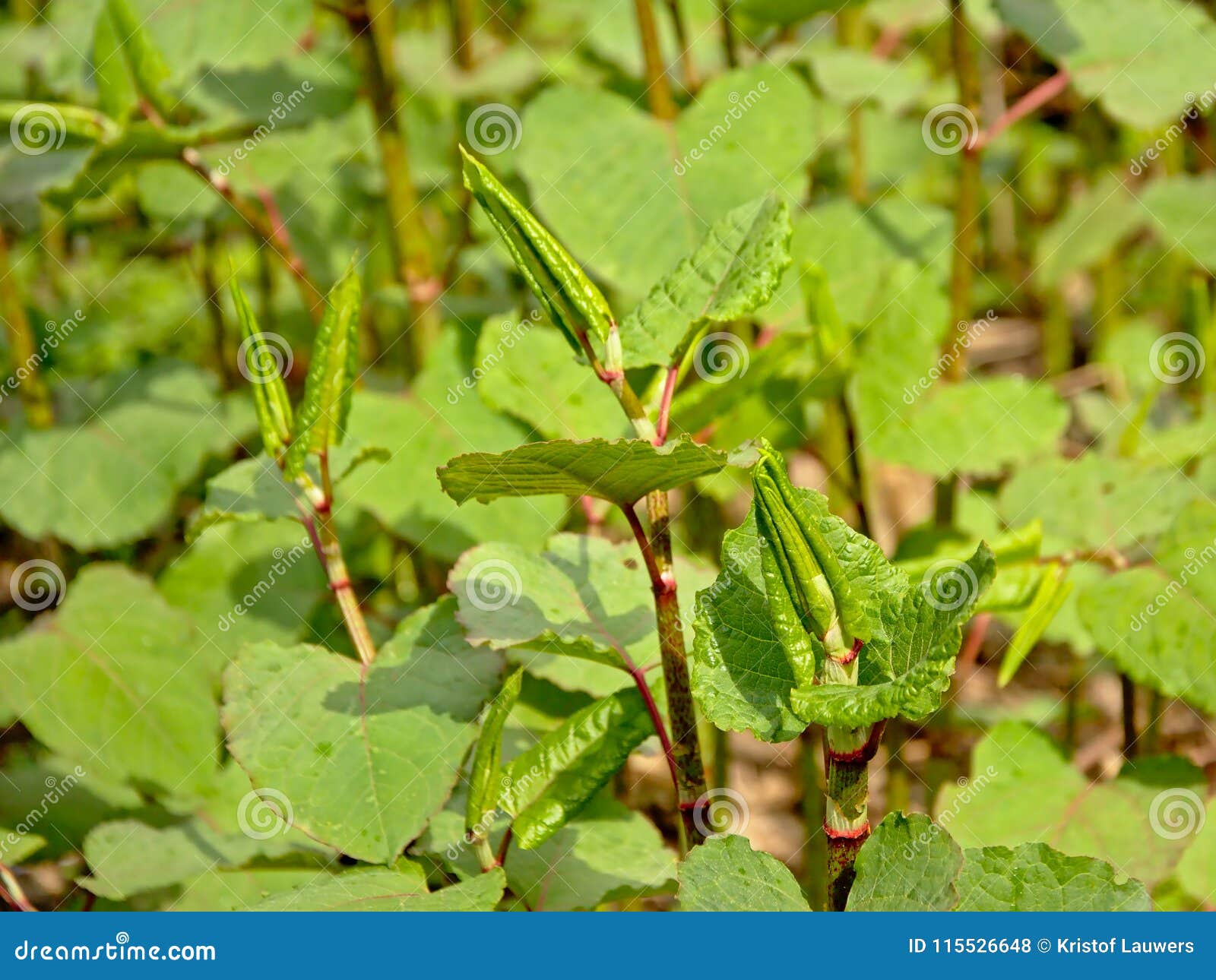



Sprouting Japanese Knotweed Plants Fallopia Japonica Stock Photo Image Of Elephant Bamboo




Destructive Japanese Knotweed Sprouting In Canada Brace Yourself Cbc Radio
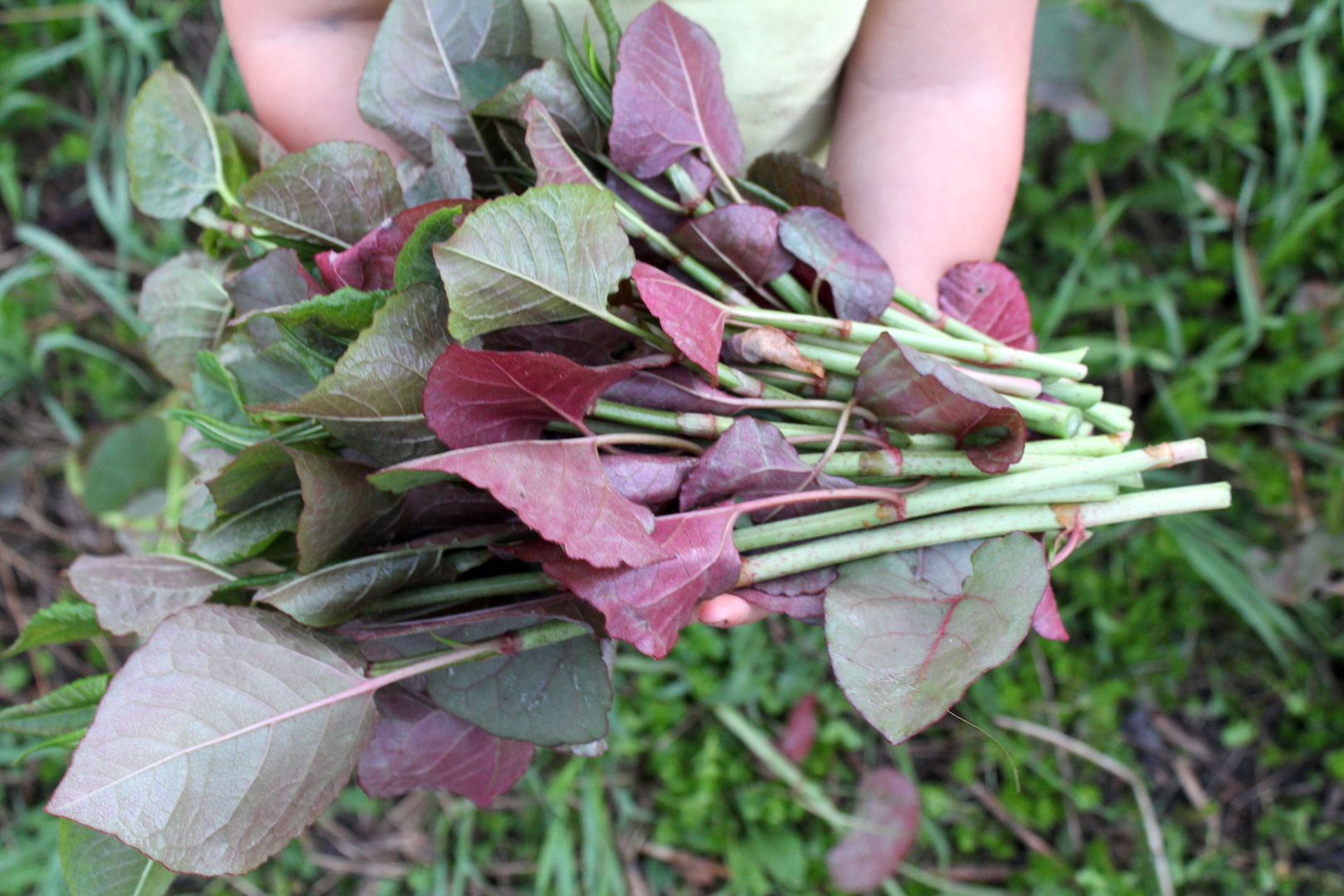



Using Japanese Knotweed For Food And Medicine



Www Agriculture Nh Gov Publications Forms Documents Japanese Knotweed Bmps Pdf




The Japanese Knotweed Don T Try To Kill This Invader On Your Own



Www Mendonma Gov Land Use Committee Files Japanese Knotweed Invasive Species




Japanese Knotweed Hudson Valley Gardens




Japanese Knotweed Identification In Spring



Weed Vigilantes Put Invasive Knotweed On A Starvation Diet Zip06 Com
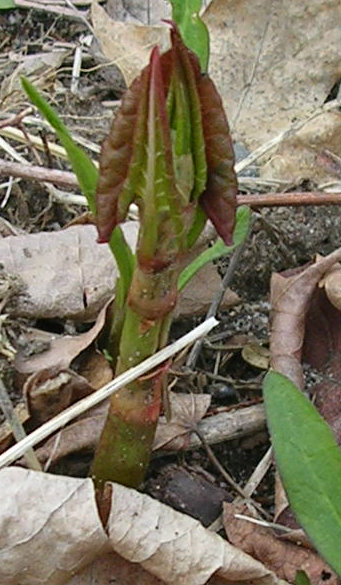



Japanese Knotweed Sprout By Kieran On Deviantart



Japanese Knotweed Farm Forage



3
:max_bytes(150000):strip_icc()/Japanese-knotweed-joints-big-57ace0115f9b58b5c2fa5f9a.jpg)



How To Remove Japanese Knotweed




How To Identify Japanese Knotweed Complete 21 Guide
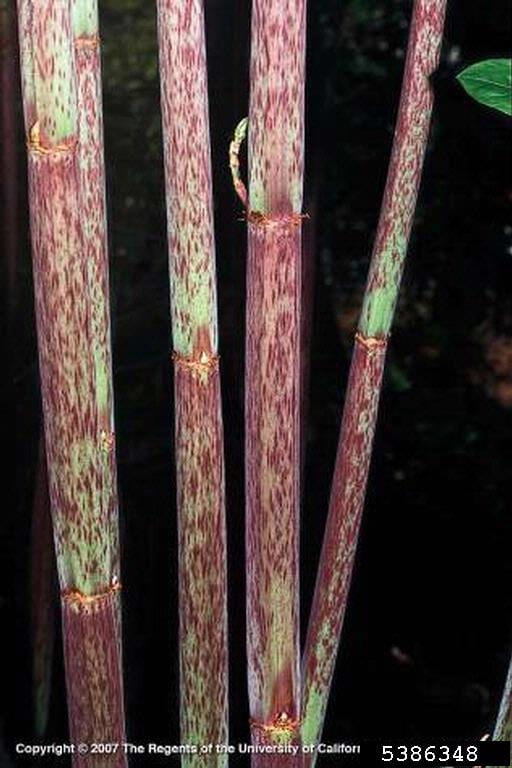



Japanese Knotweed Cornell Weed Identification




Plant Spotlight Japanese Knotweed Dr Sarah Carnes




Getting Rid Of Or Controlling Japanese Knotweed Plants Forum At Permies




Japanese Knotweed




Japanese Knotweed Images Tp Knotweed Solutions




Japanese Knotweed Cornell Weed Identification




Japanese Knotweed The Massively Destructive Weed That Chefs Love Bon Appetit




Procrastinating Donkey Poetry Monday Leaves And Flowers The Rain Has Brought




Japanese Knotweed Sprouting Early




Invasive Plants If You Can T Beat Em Eat Em Scenic Hudson




Japanese Knotweed Identification c Gardeners World Magazine




How To Identify Japanese Knotweed Youtube




Wise Knotweed We Are Now In The Season Where You Will Start To Notice The Sprouts Of Japanese Knotweed If You Are Worried That You May Have Spotted Some Growing




Japanese Knotweed May 16 Plant Of The Month Knot Ewing Township Environmental Commission




Japanese Knotweed Cisma




Could A Tiny Insect Halt The Invasion Of Japanese Knotweed Plants The Guardian




Japanese Knotweed Images Tp Knotweed Solutions




Japanese Knotweed Identification In Spring




Japanese Knotweed Identification Tcm Knotweed Services



Q Tbn And9gcrlccr3w4ihx7j2xnp H5c5kgzwhboyzhln5j5b3tc Usqp Cau
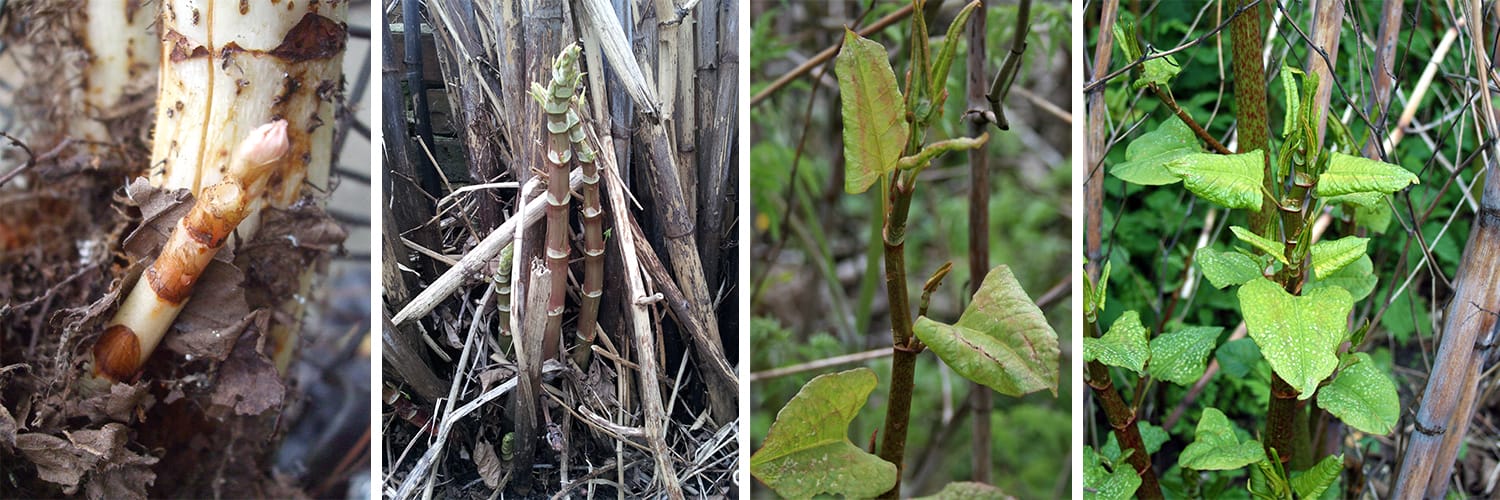



How To Spot Japanese Knotweed Early Growth Pba Solutions




Eating The Invasive Mediamatic



1




Japanese Knotweed Identification What Is Japanese Knotweed
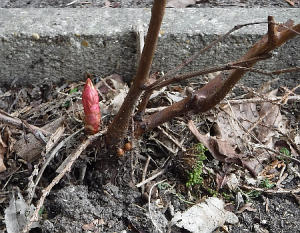



What Does Japanese Knotweed Look Like In Spring Phlorum




How To Remove Japanese Knotweed The Plant Wreaking Havoc On House Prices Huffpost Uk Life
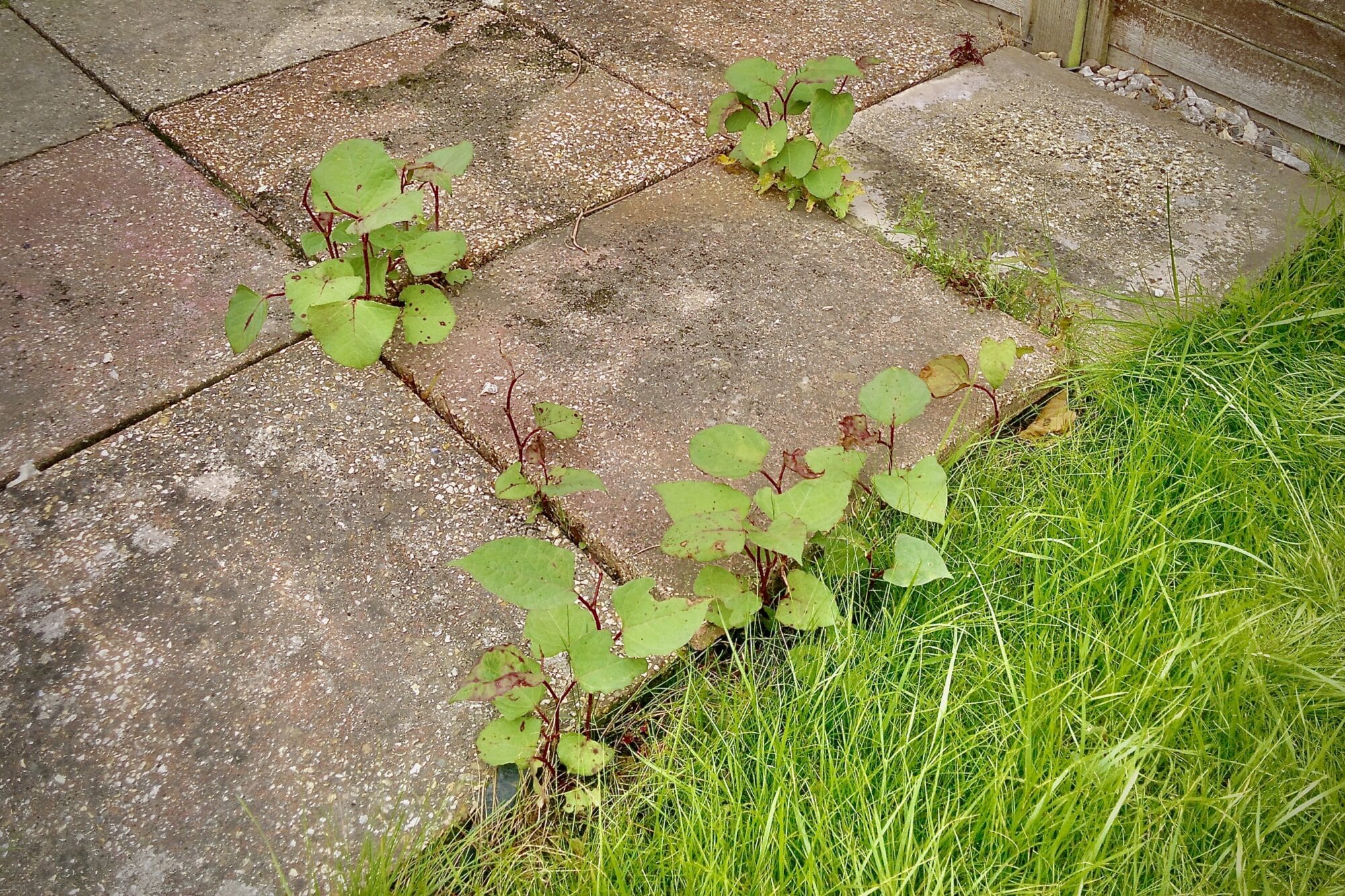



How To Spot Japanese Knotweed Early Growth Pba Solutions
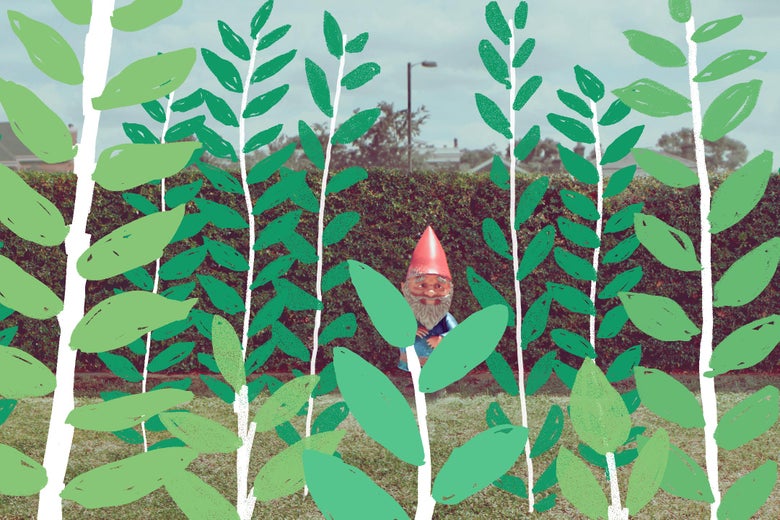



Japanese Knotweed The Invasive Plant That Just Won T Die



Www Nrcs Usda Gov Internet Fse Documents Nrcs142p2 Pdf




Japanese Knotweed c Gardeners World Magazine




Japanese Knotweed Identification Japanese Knotweed Ltd




Japanese Knotweed Images Stock Photos Vectors Shutterstock



Japanese Knotweed Dreadable Edible Eat The Weeds And Other Things Too



Www Michigan Gov Documents Dnr Knotweed p 7 Pdf
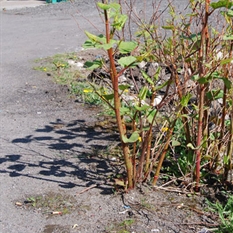



Invasive Knotweed Tip Of The Mitt Watershed Council




Do Not Mow Japanese Knotweed Msu Extension
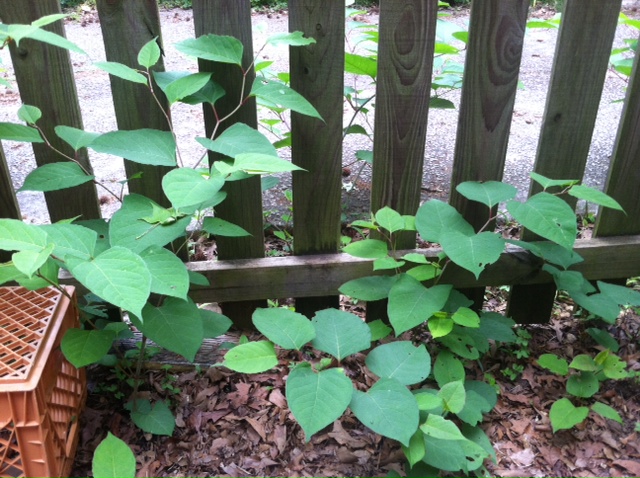



Japanese Knotweed Polygonum Identification Walter Reeves The Georgia Gardener
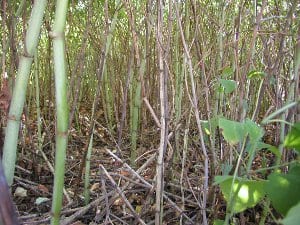



Managing Japanese Knotweed Two Small Scale Strategies Ecological Landscape Alliance




Rare Japanese Knotweed Hybrid Found In South Wales Swansea University
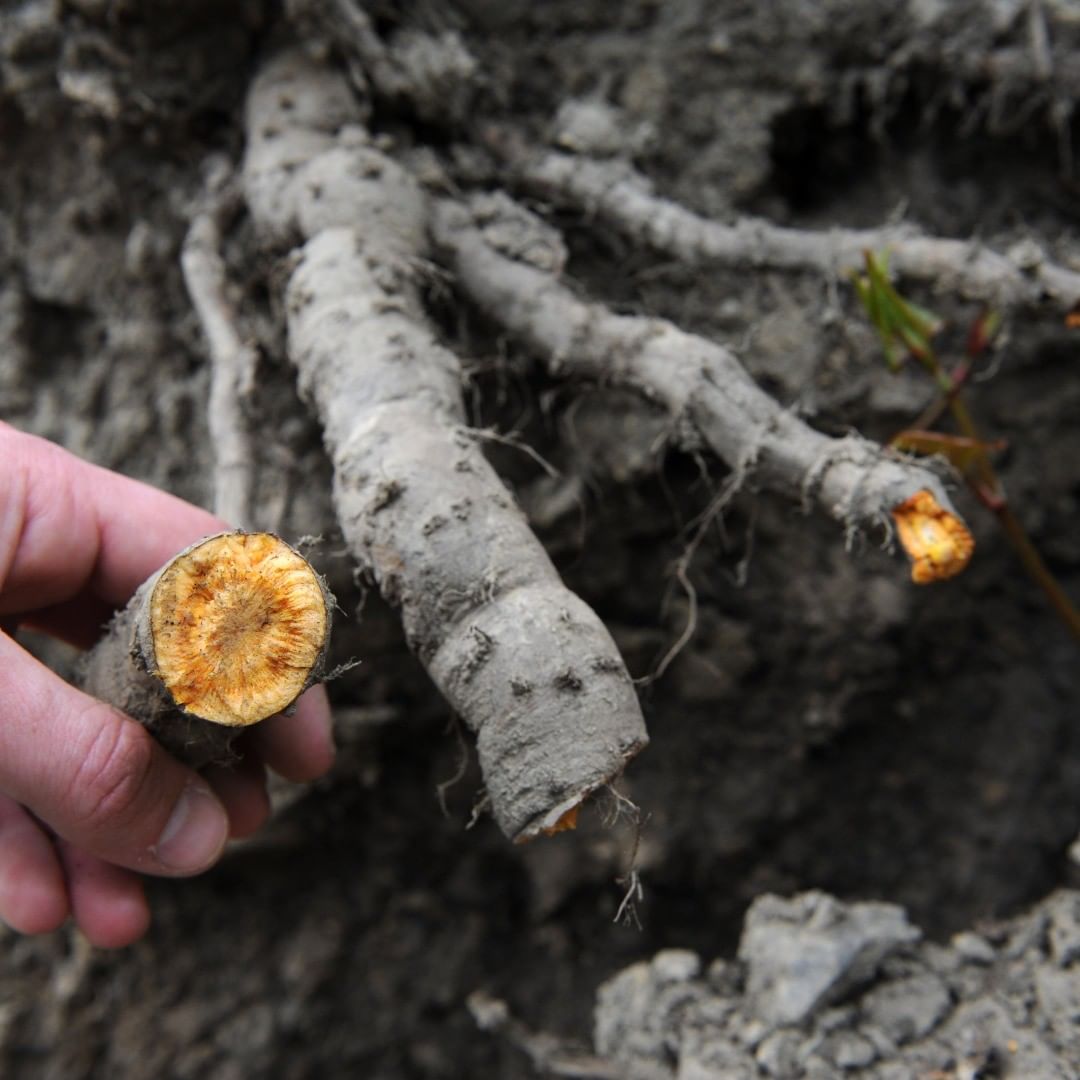



How To Identify Japanese Knotweed Complete 21 Guide
/eradication-of-japanese-knotweed-plants-2131201-hero-a190bf8aa1f8491abd00b4603433c663.jpg)



How To Remove Japanese Knotweed



You Should Be Eating Japanese Knot Weed Ontario Culinary




A Bunch Of Fresh Japanese Knotweed Sprouts Mediamatic
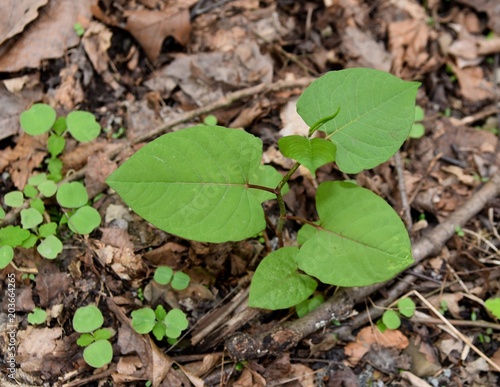



Emerging Sprout Of Japanese Knotweed Alongside A Stream Stock Photo Adobe Stock
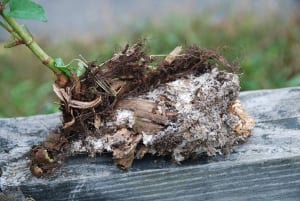



Managing Japanese Knotweed Two Small Scale Strategies Ecological Landscape Alliance




Japanese Knotweed Identification Tcm Knotweed Services




Knotweed Sprout
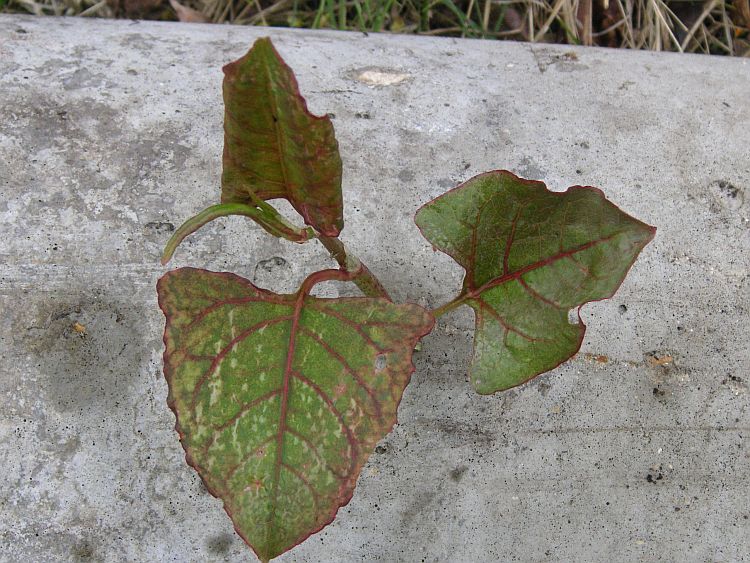



How To Identify Japanese Knotweed Identification Guide Phlorum



Japanese Knotweed Remove Japanese Knotweed




Japanese Knotweed Cornell Weed Identification



Japanese Knotweed Rhs Gardening



Growing Japanese Indigo Susan Dye




Japanese Knotweed Homeownershub
コメント
コメントを投稿